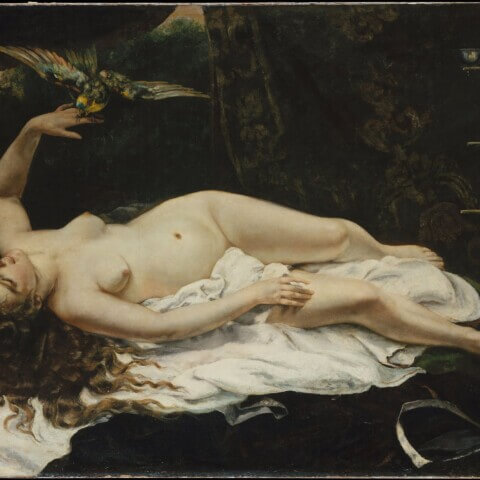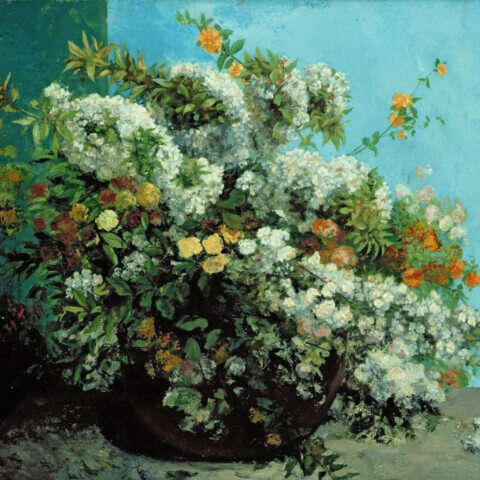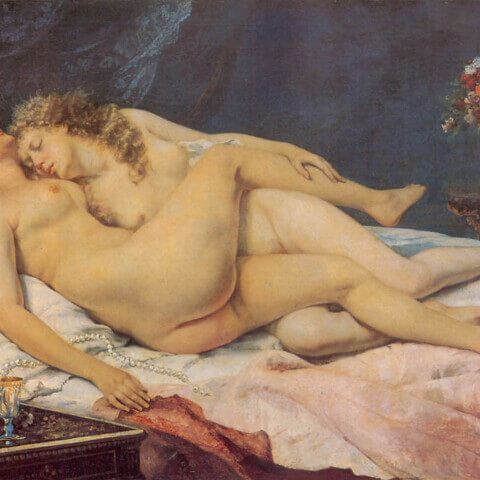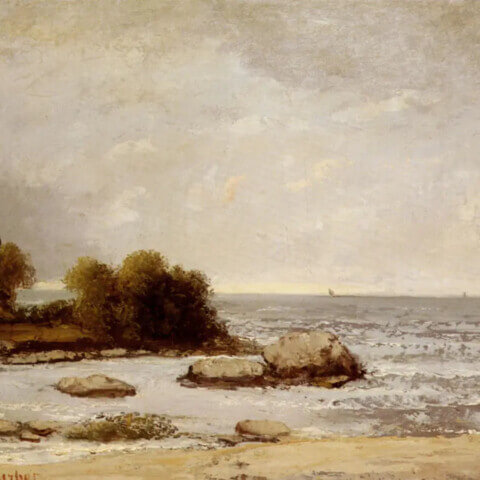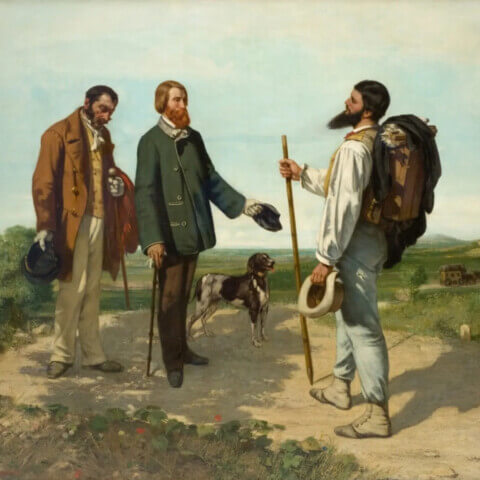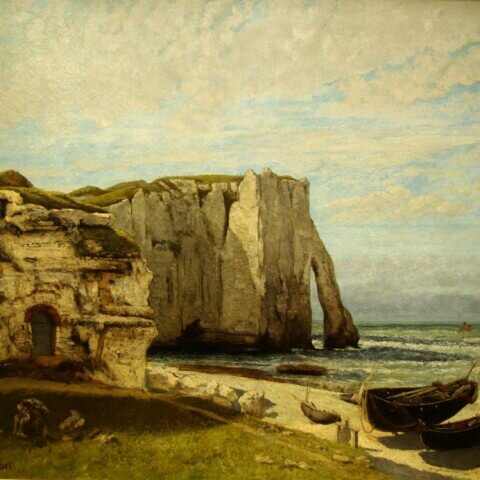Gustave Courbet
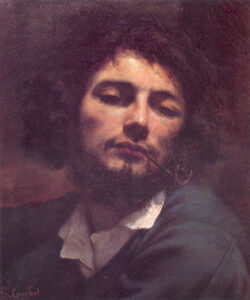
Gustave Courbet (1819–1877), a French painter, is renowned as one of the pioneers of the Realist art movement that swept France in the 19th century. Born in Ornans, Courbet found his artistic inspiration in the rugged rural landscapes and hard-working people of his hometown, challenging the prevailing standards of idealized Classicism.
Courbet’s groundbreaking works, like “The Stone Breakers” and “A Burial At Ornans,” revolutionized the art world by portraying everyday people in their natural settings with unprecedented realism and empathy. He rejected academic convention and the Romanticism of the previous generation of visual artists. Instead, he used his brush to confront social issues and give voice to the silent struggles of the working class.
Courbet’s art was not without controversy. His daring work “The Origin of the World” invited outrage and censorship. Yet, his unwavering commitment to realism and human dignity, coupled with his bold technique and use of thick textures, greatly influenced the development of Impressionism and modern art.
A central figure in the Parisian art world, Courbet’s influence extended beyond his canvases. A fervent republican, his involvement in the Paris Commune of 1871 led to exile in Switzerland, where he passed away in 1877. Today, Courbet’s works continue to inspire, reflecting his philosophy that art should reflect the realities of life, no matter how harsh or humble.


